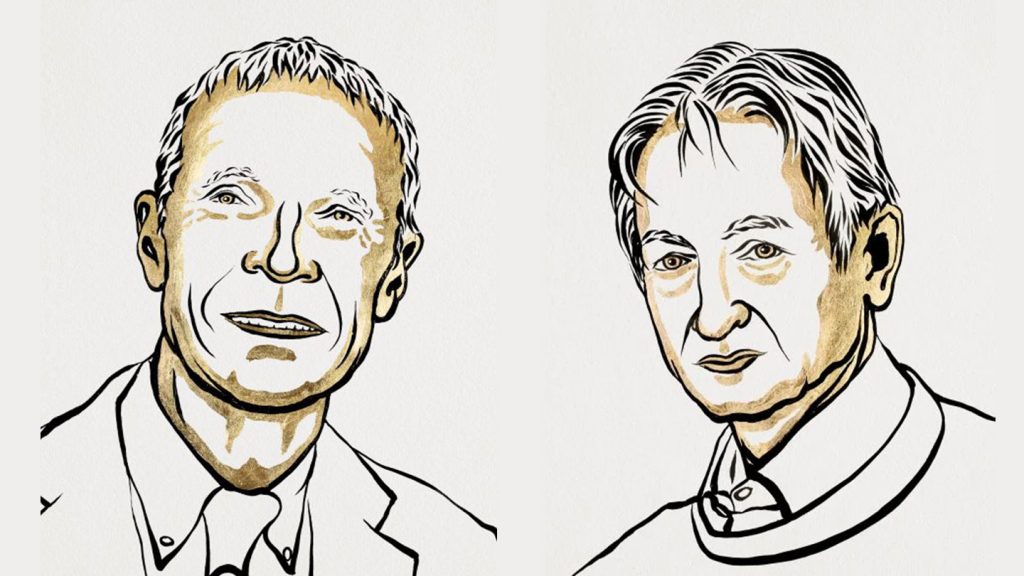The 2024 Nobel Prize in physics has been awarded to John Hopfield and Geoffrey Hinton for their foundational discoveries and inventions that enable machine learning with artificial neural networks. The Royal Swedish Academy of Sciences in Stockholm emphasized that the laureates used tools from physics to develop methods that form the basis of today’s powerful machine learning. Hopfield, from Princeton University, created a type of memory that can store and reconstruct patterns in data, while Hinton, from the University of Toronto, invented a method to autonomously find properties within such data. The winners will split the prize of 11 million Swedish kroner, approximately $1 million.
This year’s Nobel Prize in physics is significant as it recognizes the groundbreaking work of Hopfield and Hinton in the field of machine learning with artificial neural networks. The methods developed by the laureates have paved the way for the advancement of powerful machine learning technologies that are widely used in various applications today. Their work highlights the importance of leveraging tools from physics to innovate new approaches in data analysis and pattern recognition.
John Hopfield’s contribution to creating a type of memory that can store and reconstruct patterns in data showcases his innovative approach to utilizing physics principles in developing machine learning techniques. Similarly, Geoffrey Hinton’s invention of a method to autonomously find properties in data demonstrates his expertise in harnessing physics concepts to enhance data analysis processes. The collaboration between the two laureates has resulted in significant advancements in the field of machine learning, leading to their well-deserved recognition with the Nobel Prize in physics.
The announcement of the Nobel Prize in physics for John Hopfield and Geoffrey Hinton highlights the importance of their contributions to the field of machine learning with artificial neural networks. Their work serves as a foundation for the development of sophisticated machine learning technologies that have revolutionized various industries and applications. The laureates’ ability to combine physics principles with innovative approaches in data analysis has led to groundbreaking discoveries that continue to shape the future of artificial intelligence and machine learning.
The recognition of John Hopfield and Geoffrey Hinton with the Nobel Prize in physics underscores the significance of their research and inventions in advancing the field of machine learning. Their collaborative efforts have resulted in the creation of methods that enable powerful machine learning capabilities, setting the stage for further innovations in artificial neural networks. The laureates’ impact on the field of machine learning is evident in the widespread adoption of their techniques across industries and academic institutions, shaping the way we approach data analysis and pattern recognition.
As the news of the Nobel Prize in physics for John Hopfield and Geoffrey Hinton continues to develop, it is evident that their contributions to the field of machine learning have had a profound impact on scientific and technological progress. The laureates’ ability to leverage tools from physics to develop novel approaches in data analysis and pattern recognition has paved the way for significant advancements in artificial neural networks. Their work serves as a testament to the importance of interdisciplinary collaboration and innovation in driving progress in machine learning and artificial intelligence.


